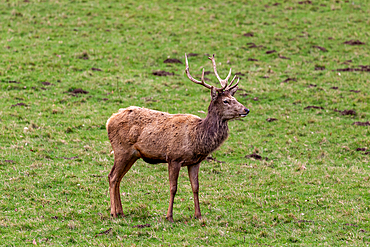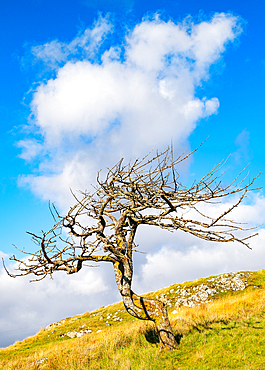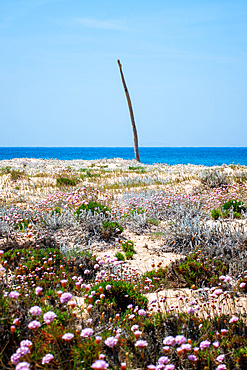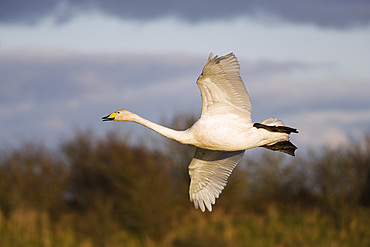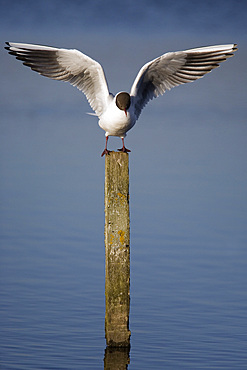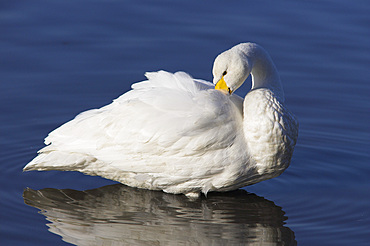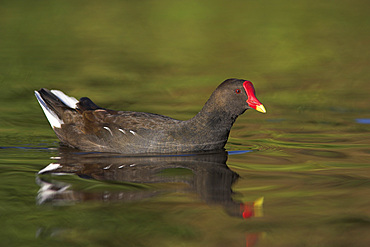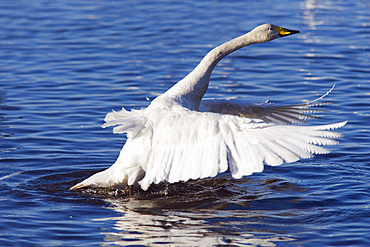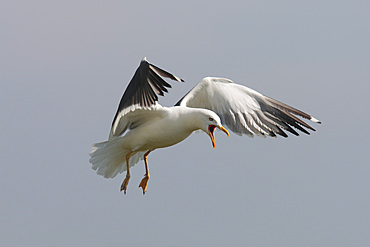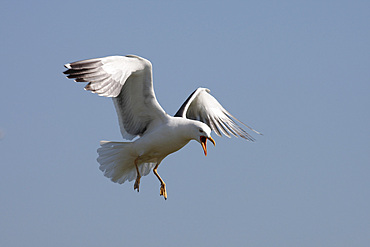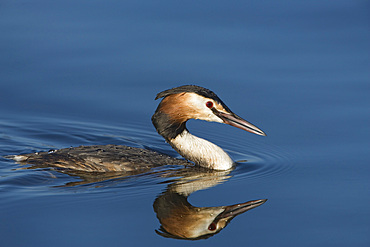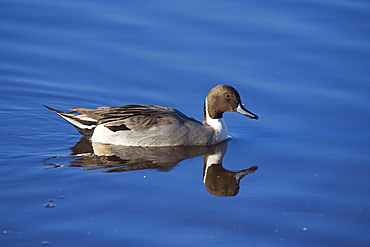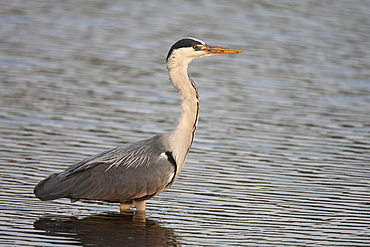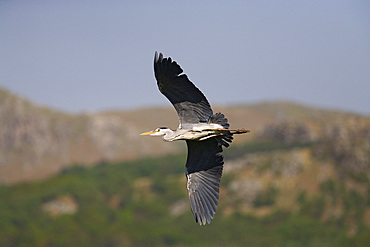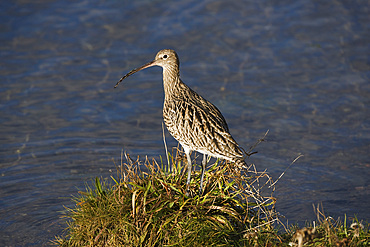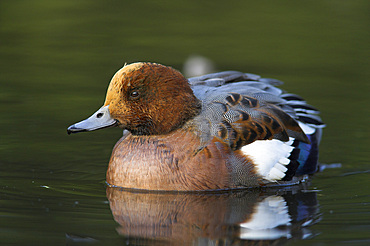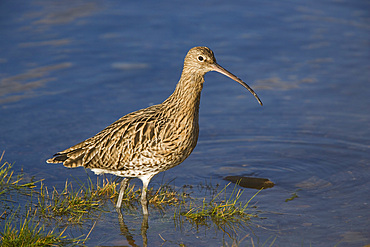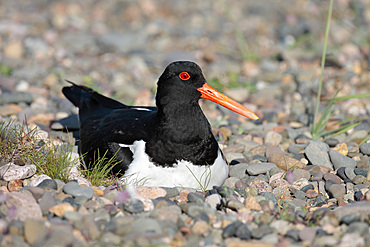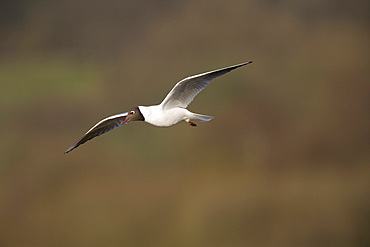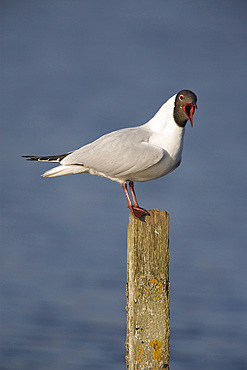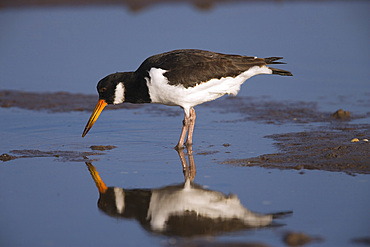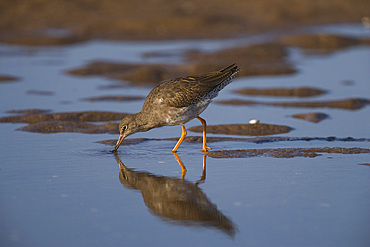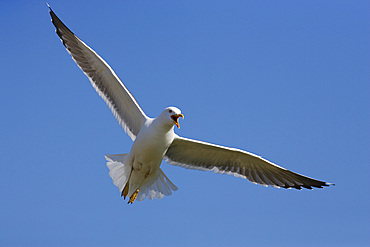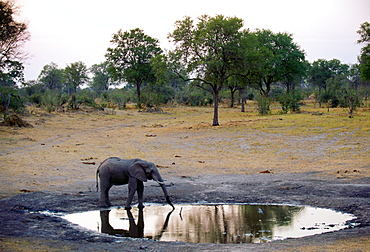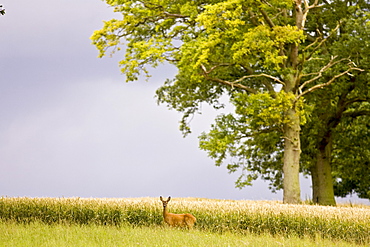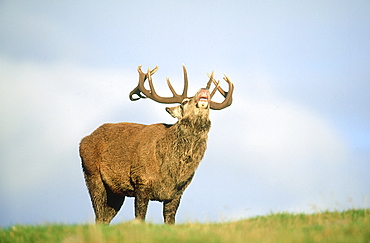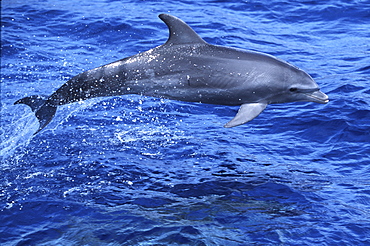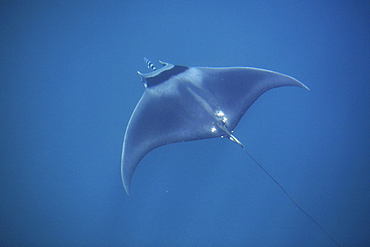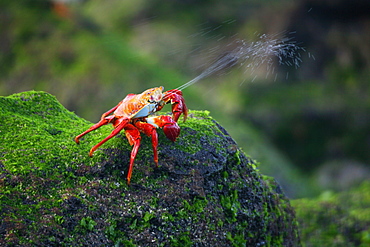Results
1 2 Next »
137 results found
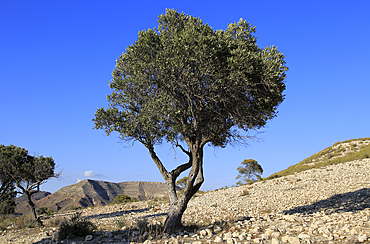
Olive tree in semi desert area near Rodalquilar, Cabo de Gata natural park, Almeria, Andalusia, Spain, Europe
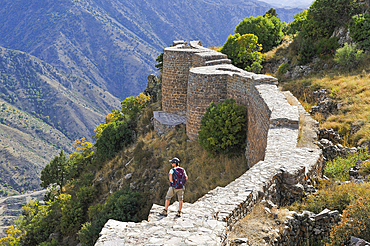
Young woman standing on a defensive wall of Smbataberd Fortress, on the crest of a hill between the villages of Artabuynk and Yeghegis, near Yeghegnadzor, Vayots Dzor province, Armenia, Eurasia
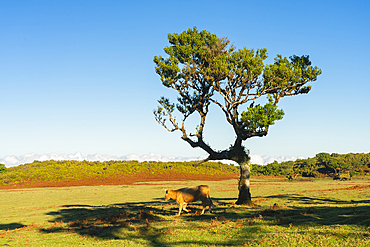
Cow passing by laurel tree, UNESCO World Heritage Site, Sao Vicente, Madeira, Portugal, Atlantic, Europe
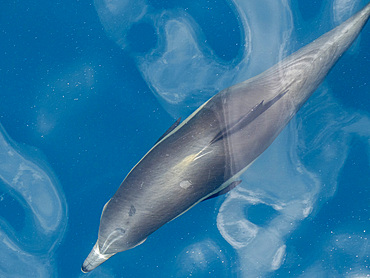
A long-beaked common dolphin (Delphinus capensis), surfacing off Gorda Banks, Baja California Sur, Mexico, North America
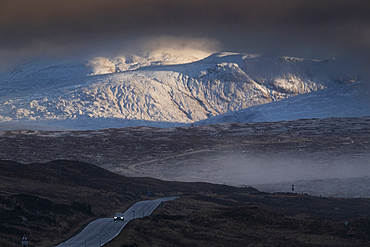
Single car crossing Rannoch Moor on the A82 Trunk Road at dusk with Beinn a Chreachain and the Grampian Mountains behind, Rannoch Moor, Argyll and Bute, Scottish Highlands, Scotland, United Kingdom, Europe
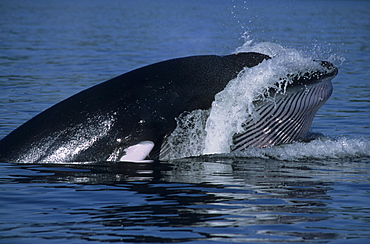
Late phase of an oblique lunge. The Minke whale (Balaenoptera acutorostrata) falls back into the water while its throat is still expanded and water is pushed out under high pressure. St. Lawrence estuary, Canada
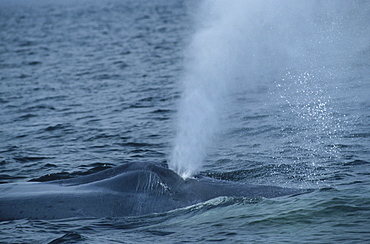
Blue whale (Balaenoptera musculus) exhaling a cloud of tiny water droplets into the air. St. Lawrence estuary, Canada
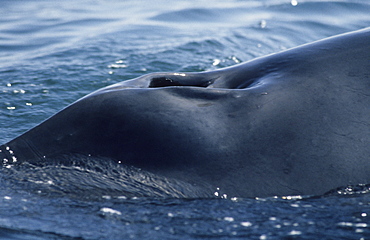
Close up of the blowholes of a Minke whale (Balaenoptera acutorostrata) that lie just posterior of the distinctive ridge stretching over the rostrum. St. Lawrence estuary, Canada

Amazing closeup of a lunging Minke whale (Balaenoptera acutorostrata) feeding on krill. Some of these small euphausiids are still hanging on to the expanded grooves. St. Lawrence estuary, Canada
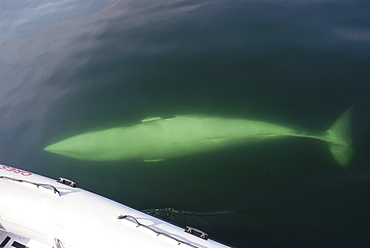
She canÃt be more trusting than that. A curious Minke whale (Balaenoptera acutorostrata) has turned upside down exposing her white belly, navel and genital slits to the photographer. St. Lawrence estuary, Canada
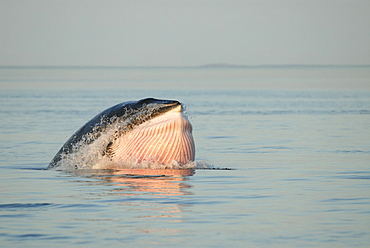
A perfect oblique lunge of a Minke whale (Balaenoptera acutorostrata) surface feeding in the early evening. Its Grooves are expanded and water is purged out, two main characteristics of a feeding strike. St. Lawrence estuary, Canada
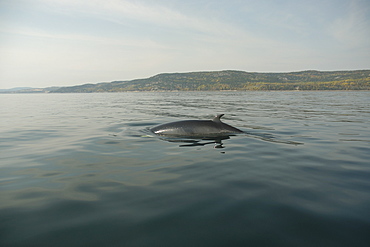
The Indian summer colours the tree line along the coast indicating the oncoming winter. A sign that Minke whales (Balaenoptera acutorostrata) should start their migration south to unknown waters. St. Lawrence estuary, Canada
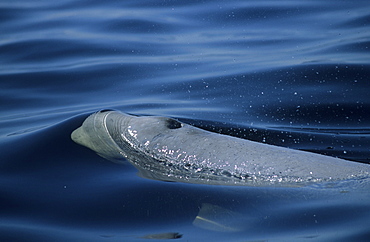
A surfacing beluga whale (Delphinapterus leucas). Note the open blowhole, eye, distinctive lips, and pronounced forehed. St. Lawrence estuary, Canada Sequence 3/3.

The blueish colouration pattern of Blue whales (Balaenoptera musculus) is used for photo-identification. St. Lawrence estuary, Canada
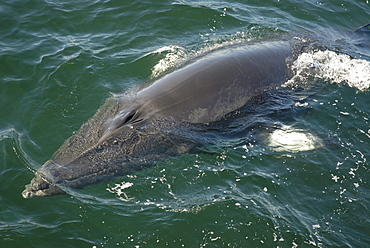
Steering with its pectoral fins the friendly Minke whale (Balaenoptera acutorostrata) turns its streamlined body towards the boat in order to dive under the hull. St. Lawrence estuary, Canada. Sequence 5/6
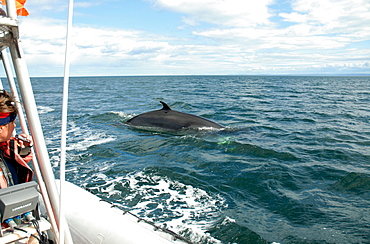
She canÃt be more trusting than that. A curious Minke whale (Balaenoptera acutorostrata) has turned upside down exposing her white belly, navel and genital slits to the photographer. St. Lawrence estuary, Canada
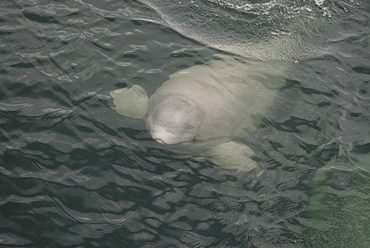
Curious Beluga whale (Delphinapterus leucas) surfaces near the boat, its flippers widely spread in order to keep its balance. Note the distinctive lips and the open eye. St. Lawrence estuary, Canada Sequence 2/2.
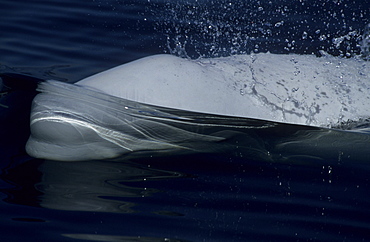
A beluga whale (Delphinapterus leucas) pushing the water up in front of it creating a bow wave similar to ships. St. Lawrence estuary, Canada
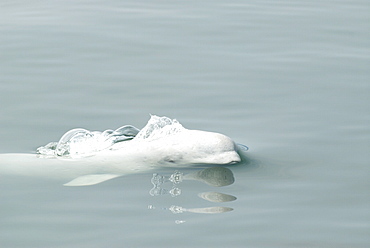
Just a split second before surfacing, a Beluga whale (Delphinapterus leucas) opens its blowhole to exhale ready to inhale when the blowhole has cleared the water. Beluga whales are an endangered and protected species in the St. Lawrence estuary, Canada
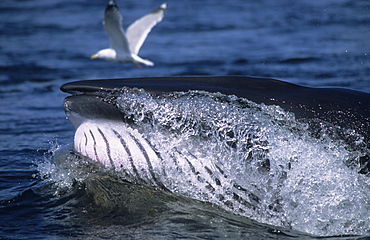
Closeup of a the mouth tip of a lunging Minke whale (Balaenoptera acutorostrata). To extract the engulfed fish the whale purges water through a slight opening between its lips. St. Lawrence estuary, Canada
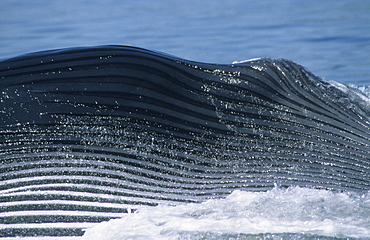
Closeup of the expanded grooves of a giant Blue whale (Balaenoptera musculus) during a lateral lunge, a feeding strike occasionally seen in the St. Lawrence estuary, Canada.
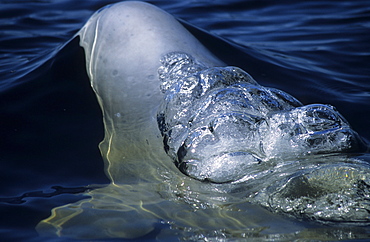
Just before surfacing a beluga whale (Delphinapterus leucas) exhales while its blowhole is still submerged creating large air bubbles. St. Lawrence estuary, Canada
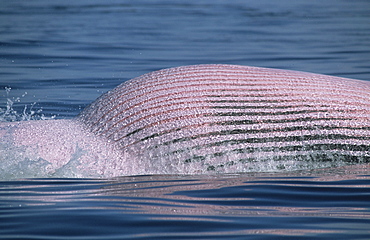
A dense net of blood vessels colour the belly of Minke whales (Balaenoptera acutorostrata) named Picasso pink during high feeding activity. St. Lawrence estuary, Canada
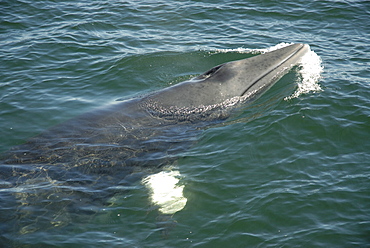
The white flipper band of a Minke whale (Balaenoptera acutorostrata) is visible through the greenish water. This distinctive feature is characteristic of Minke whales of the northern hemisphere and the most obvious difference to their relatives in the Antarctic. St. Lawrence estuary, Canada
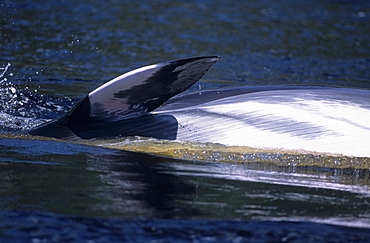
The distinctive colouration pattern of a Minke whale (Balaenoptera acutorostrata). Note that the typical white flipper band extends on to the lower side of the pectoral fin. St. Lawrence estuary, Canada (RR)
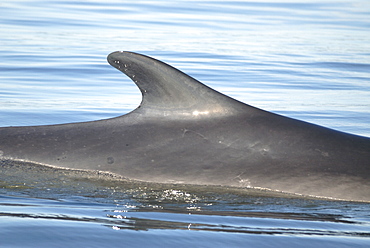
Tall dorsal fin of a Finback whale (Balaenoptera physalus) which is located far back along the dorsal ridge. This prominent feature is often used for identification. St. Lawrence estuary, Canada

Approaching the boat from behind, this Minke whale (Balaenoptera acutorostrata) heaves its head out of the water. St. Lawrence estuary, Canada. Sequence 2/3.
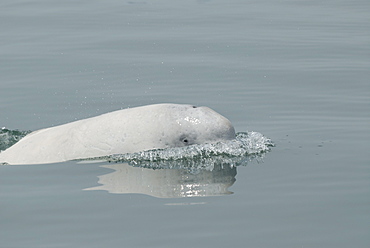
Juvenile Beluga whale (Delphinapterus leucas), an endangered and protected species, lifts its head to take a look at the research vessel. Beluga calves are dark in colour and turn white at seven to nine years of age. St. Lawrence estuary, Canada
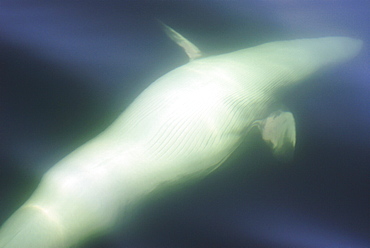
A friendly Minke whale (Balaenoptera acutorostrata) has rolled onto its right side to take a better look at the excited people on the boat. Note that the left eye is open. St. Lawrence estuary, Canada
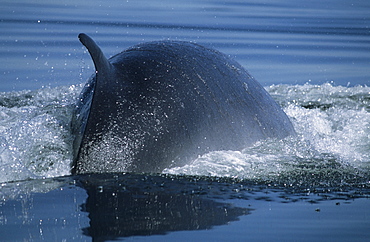
ItÃŒs all about being fast and agile when hunting small schooling capelin, the main prey of Minke whales (Balaenoptera acutorostrata) in the St. Lawrence estuary, Canada
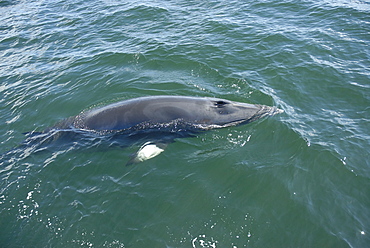
Very slowly, a curious Minke whale (Balaenoptera acutorostrata) surfaces spreading its pectoral fins perpendicular to its body. St. Lawrence estuary, Canada
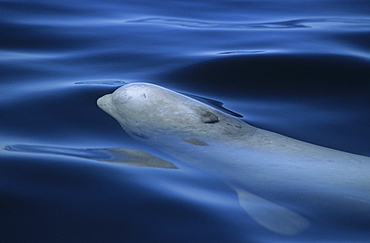
Only for a few seconds the blowhole of a surfacing beluga whale (Delphinapterus leucas) is exposed and free of water. St. Lawrence estuary, Canada Sequence 1/3.

The purging water almost reaches the photographers camera. Closeup of an oblique lunge of a surface feeding Minke whale (Balaenoptera acutorostrata). St. Lawrence estuary, Canada

Minke whale (Balaenoptera acutorostrata) swimming into a path of light created on the watervs surface by the setting sun. St. Lawrence estuary, Canada. Sequence 1/2.
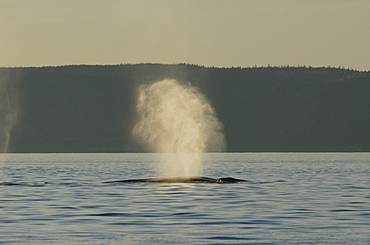
Tiny water droplets catch the last light of the setting sun as this Finback whale (Balaenoptera physalus) exhales blasting the air compressed in its huge lungs high into the air. St. Lawrence estuary, Canada
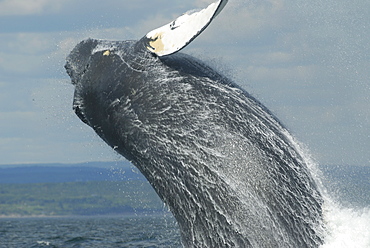
The female Humpback whale (Megaptera novaeangliae) named Tic-Tac-Toe, a regular visitor to the area, breaches close to the research vessel. Out of joy, to fool around, or simply to impress people or her companion Siam? St. Lawrence estuary, Canada Sequence 2/3.
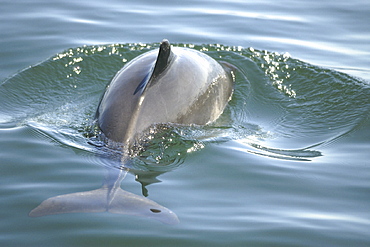
Harbour porpoise (Phocoena phocoena) arching its back to dive just as its giant relatives do. However, these small cetaceans donÃŒt dive as deep. St. Lawrence estuary, Canada (RR)
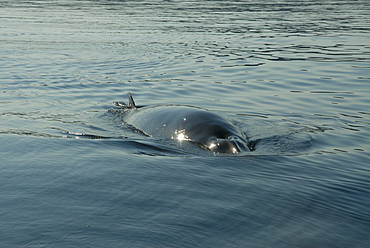
Surfacing sequence of a Minke whale (Balaenoptera acutorostrata) which is following the research vessel. Such friendly whales are most often curious juveniles which love to take a break from their main activity, feeding. St. Lawrence estuary, Canada Sequence 3/6.
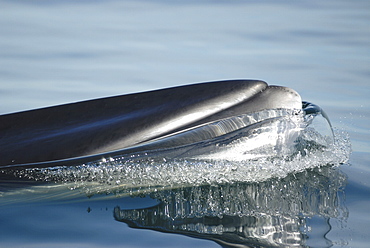
What is more beautiful? The harmonically formed tip of the Minke whaleÃŒs (Balaenoptera acutorostrata) snout or the water bubble along its lips? St. Lawrence estuary, Canada
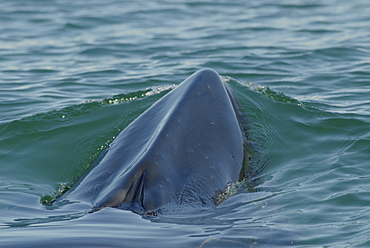
Minke whale (Balaenoptera acutorostrata) surfacing in the green coloured water. Although exposed, she still has both blowholes tightly closed. Note the pronounced ridge on the rostrum, a main feature of rorqual whales. St. Lawrence estuary, Canada Sequence 1/2.

Very rare photograph of a curious Harbour porpoise (Phocoena phocoena) visiting the research vessel. St. Lawrence estuary, Canada (RR)

She canÃŒt be more trusting than that. A curious Minke whale (Balaenoptera acutorostrata) has turned upside down exposing her white belly, navel and genital slits to the photographer. St. Lawrence estuary, Canada

A beautiful and powerful cloud formation above the surfacing Minke whales (Balaenoptera acutorostrata). St. Lawrence estuary, Canada
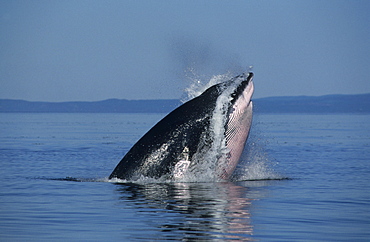
Oblique lunge of a Minke whale (Balaenoptera acutorostrata) named Crowsfoot who has performed all feeding manoeuvre types known from the St. Lawrence estuary, Canada

Friendly Minke whale (Balaenoptera acutorostrata) surfacing laterally and curiously approaching the research vessel. St. Lawrence estuary, Canada
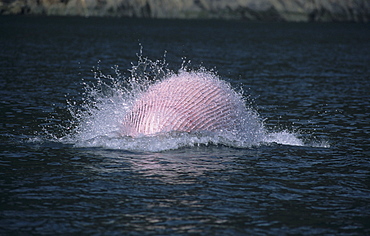
Like a piece of art thousands of waterdrops cover the expanded belly of a Minke whale (Balaenoptera acutorostrata) performing a ventral arc. St. Lawrence estuary, Canada
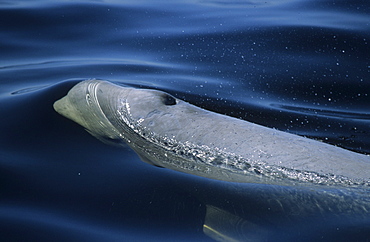
A surfacing beluga whale (Delphinapterus leucas). Note the open blowhole, eye, distinctive lips, and pronounced forehed. St. Lawrence estuary, Canada Sequence 2/3.
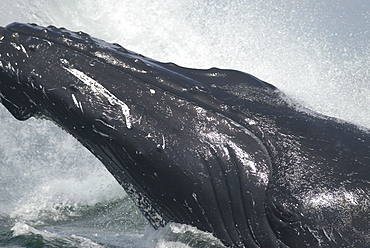
The Humpback whale (Megaptera novaeangliae) named Tic-Tac-Toe leaps out of the water right beside the research boat taking a close look at the photographer. St. Lawrence estuary, Canada
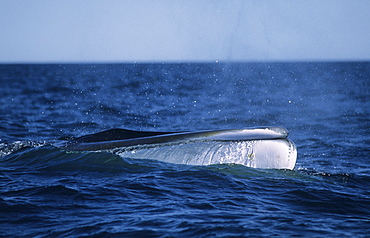
The white tip of a Finback whaleÌs (Balaenoptera physalus) snout showing a distinctive characteristic of this species; the lower right jaw is white in colour whereas the left side is dark. Gasp», Canada
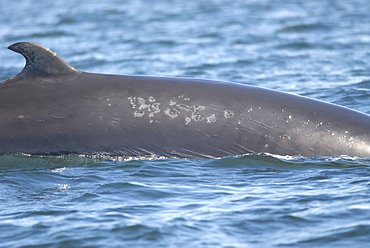
Unusual scratches and impermanent patches on the skin of a Minke whale (Balaenoptera acutorostrata) known as Otter who was first identified in the St. Lawrence estuary, Canada, in 1996.
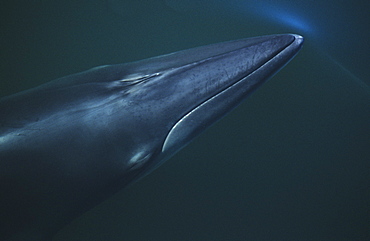
The pointy snout of a surfacing Minke whale (Balaenoptera acutorostrata) keeping its blowholes tightly closed until the moment they break the surface. St. Lawrence estuary, Canada
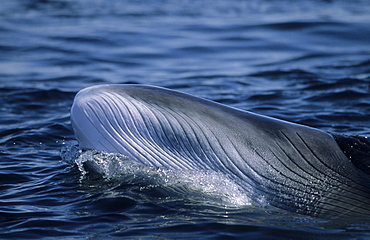
Closeup of a Minke whale (Balaenoptera acutorostrata) showing the beautiful pattern of parallel grooves near the tip of the snout. St. Lawrence estuary, Canada
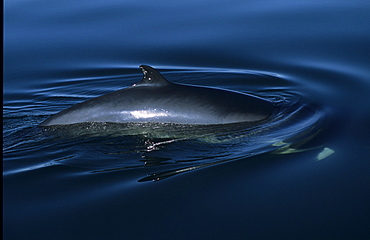
Even in conditions with little visibility, the white flipper band of a Minke whale (Balaenoptera acutorostrata) shines through the water of the St. Lawrence estuary, Canada

The result of a strong head slap of a Minke whale (Balaenoptera acutorostrata). Such a splash supposedly scares shoaling fish that are known to cluster when threatened. St. Lawrence estuary, Canada
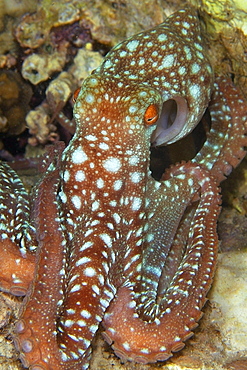
Starry night octopus (Octopus luteus) foraging on coral reef at night, Malapascua, Cebu, Philippines, Visayan Sea, Southeast Asia, Asia
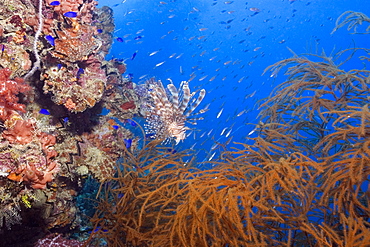
Lionfish, Pterois volitans, and soft coral, Rumphella sp., and frame silhouette, Shinkoku Maru shipwreck, Truk lagoon, Chuuk, Federated States of Micronesia, Caroline Islands, Micronesia, Pacific Ocean, Pacific
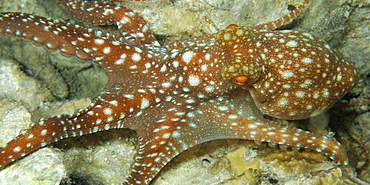
Starry night octopus (Octopus luteus) foraging on coral reef at night, Malapascua, Cebu, Philippines, Visayan Sea, Southeast Asia, Asia
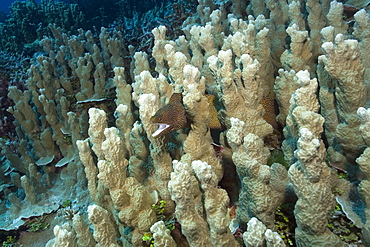
Whitemouth moray (Gymnothorax meleagris) seeks shelter in coral reef, Truk lagoon, Chuuk, Federated States of Micronesia, Caroline Islands, Micronesia, Pacific Ocean, Pacific
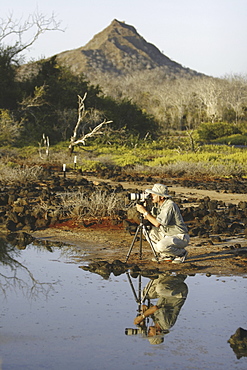
Photo class participant Douglas Wilcox taking images in the Galapagos Island Archipeligo, Ecuador. Model release number DW0507.

Adult bull Southern elephant seals (Mirounga leonina) hauled out and yawning in a wallow while molting on the beach at Fortuna Bay on South Georgia Island, southern Atlantic Ocean.

Adult bull Southern elephant seal (Mirounga leonina) hauled out and in a wallow while molting on the beach at Fortuna Bay on South Georgia Island, southern Atlantic Ocean.
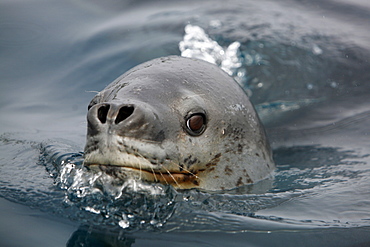
An adult Leopard Seal (Hydrurga leptonyx) surfacing in clear water near Petermann Island on the Southwest Antarctic Peninsula.
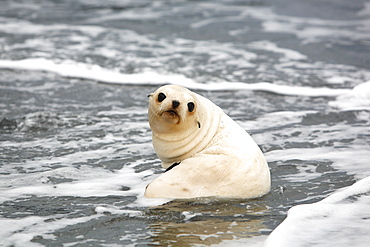
Antarctic fur seal (Arctocephalus gazella) pup playing in the surf at Fortuna Bay on the island of South Georgia, southern Atlantic Ocean
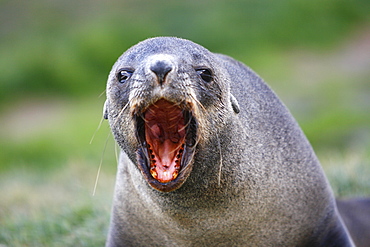
Antarctic fur seal (Arctocephalus gazella) pups at the abandonded whaling station at Grytviken on the island of South Georgia, southern Atlantic Ocean.
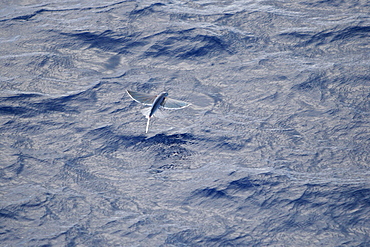
Atlantic flying fish (Cypselurus melanurus) fleeing the bow and taking flight for safety near Ascension Island in the Atlantic Ocean.
